Home>Gardening & Outdoor>Landscaping Ideas>How To Keep Inflatable Pool From Killing Grass
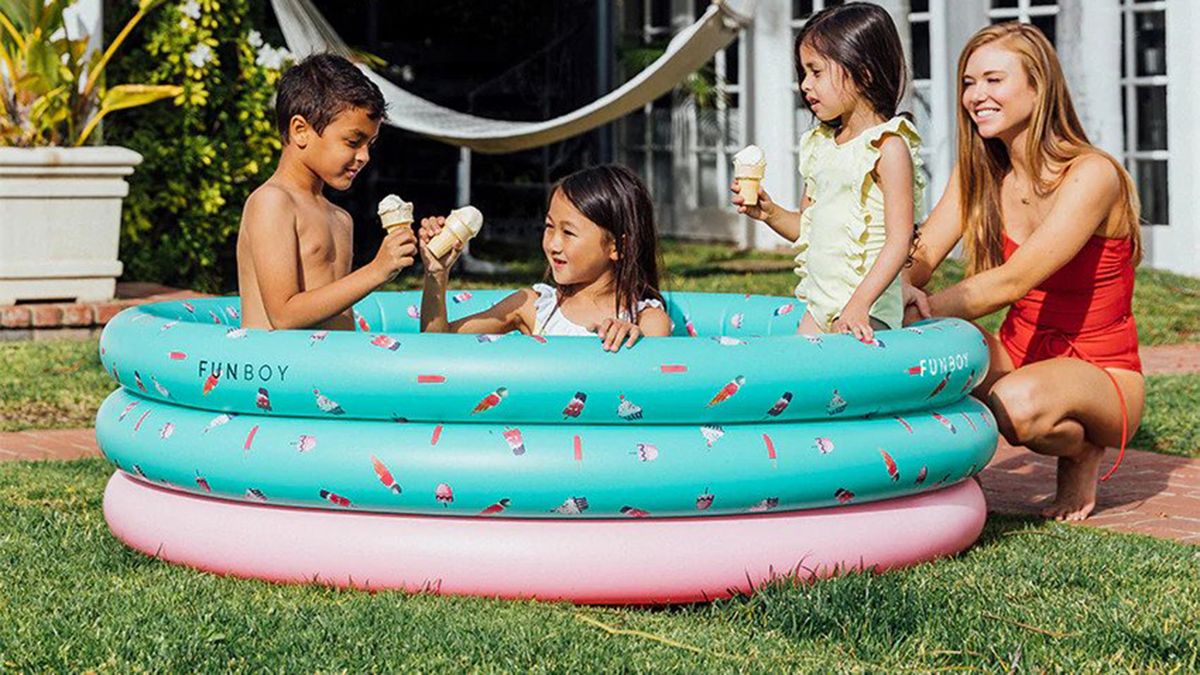

Landscaping Ideas
How To Keep Inflatable Pool From Killing Grass
Modified: January 25, 2024
Learn effective landscaping ideas to protect your grass from inflatable pool damage. Discover how to maintain a lush lawn while enjoying your outdoor space.
(Many of the links in this article redirect to a specific reviewed product. Your purchase of these products through affiliate links helps to generate commission for Storables.com, at no extra cost. Learn more)
Introduction
As the temperature rises and the sun shines brightly, there's nothing quite like the joy of cooling off in an inflatable pool in your backyard. It's a fantastic way to beat the heat, especially for families with young children. However, while the pool provides endless fun and relaxation, it can inadvertently wreak havoc on your carefully nurtured lawn. The constant weight and moisture from the pool can lead to unsightly brown patches and even kill the grass underneath. But fear not! With a few simple strategies and mindful practices, you can enjoy your inflatable pool without sacrificing the lush greenery of your yard.
In this comprehensive guide, we'll delve into the potential impact of inflatable pools on grass and explore effective measures to mitigate any adverse effects. From selecting the optimal location for your pool to implementing protective measures and conducting regular maintenance, we'll cover everything you need to know to keep your grass vibrant and healthy while indulging in the pleasures of your inflatable oasis. So, let's dive in and discover the secrets to preserving your lawn's natural beauty while relishing the delights of your inflatable pool.
Key Takeaways:
- Choose a level, shaded area for your inflatable pool to protect your grass. Avoid slopes and direct sunlight to maintain a healthy lawn while enjoying your pool.
- Use protective mats and covers, and regularly relocate the pool to prevent grass damage. Monitor and maintain the area to ensure a vibrant lawn all season.
Read more: How To Keep Grass Out Of The Pool
Understanding the Impact of Inflatable Pools on Grass
Before delving into the preventive measures, it's crucial to understand how inflatable pools can affect the grass in your yard. The primary factors contributing to the potential damage are weight and moisture. When an inflatable pool is set up on a specific area of your lawn for an extended period, the weight of the pool and the water it holds can compress the soil underneath. This compression restricts the flow of air, water, and essential nutrients to the grass roots, leading to stress and, ultimately, the formation of brown patches.
Moreover, the constant presence of moisture from the pool can exacerbate the situation. Prolonged dampness can create an environment conducive to mold, mildew, and fungal growth, further compromising the health of the grass. Additionally, the lack of sunlight and air circulation under the pool can inhibit the grass's photosynthesis and respiration processes, hindering its ability to thrive.
It's essential to recognize that different grass species may respond differently to the presence of an inflatable pool. While some types of grass are more resilient and can withstand the temporary stress, others may be more susceptible to damage. Factors such as the duration of pool placement, weather conditions, and the overall health of the lawn also play significant roles in determining the extent of the impact.
By comprehending these dynamics, you can proactively address the potential challenges and take targeted measures to protect your grass from harm. In the following sections, we'll explore practical strategies to minimize the adverse effects of inflatable pools and maintain the vitality of your lawn throughout the summer months.
Choosing the Right Location for Your Inflatable Pool
When it comes to preserving the health of your grass while enjoying the pleasures of an inflatable pool, selecting the optimal location is paramount. By strategically placing the pool, you can minimize the potential impact on your lawn and create a harmonious balance between recreation and landscaping.
First and foremost, consider the topography of your yard. Look for a level area that is free from any existing signs of stress or discoloration in the grass. Avoid placing the pool on slopes or uneven ground, as the weight distribution may exacerbate soil compression and drainage issues, leading to uneven grass growth and potential water runoff concerns.
Furthermore, take into account the sun exposure in the chosen area. While ample sunlight is essential for the overall health of your grass, prolonged exposure to intense sunlight can also contribute to moisture loss, especially when combined with the heat retention properties of the pool's surface. Therefore, striking a balance between shade and sunlight is crucial. Consider positioning the pool in an area that receives a mix of sunlight and shade throughout the day, allowing the grass to thrive while ensuring a comfortable and enjoyable pool environment.
Another vital aspect to consider is the proximity to trees and shrubs. While the shade provided by trees can offer relief from the sun's intensity, it's important to be mindful of falling leaves, sap, and other organic debris that may accumulate in the pool water and affect the grass below. Additionally, tree roots can compete with the grass for essential nutrients and moisture, potentially exacerbating the impact of the pool on the lawn. As such, choose a location that strikes a balance between natural shade and minimal interference from overhanging branches and root systems.
By thoughtfully evaluating these factors and choosing a suitable location for your inflatable pool, you can proactively mitigate the potential stress on your grass and create an environment where both your lawn and pool can coexist harmoniously. In the subsequent sections, we'll delve into additional measures to further safeguard your grass and maintain a vibrant outdoor space for relaxation and recreation.
Preparing the Ground
Before setting up your inflatable pool, it’s essential to prepare the ground adequately to minimize the impact on the underlying grass and soil. This preparatory phase plays a crucial role in maintaining the health and appearance of your lawn while enjoying the refreshing benefits of the pool.
Start by clearing the selected area of any debris, rocks, or sharp objects that could potentially puncture the pool’s bottom surface. Ensuring a clean and smooth base not only protects the pool from damage but also prevents any underlying grass from being inadvertently harmed during the setup process.
Next, consider placing a protective barrier between the pool and the grass. This can be achieved by using a ground cloth or tarp specifically designed for this purpose. These protective layers act as a shield, reducing the direct contact between the pool and the grass while allowing essential air circulation to reach the underlying soil. Additionally, they provide an added layer of insulation, which can help mitigate the impact of the pool’s weight and moisture on the grass.
For added protection, consider using interlocking foam tiles or soft rubber mats underneath the pool. These materials offer cushioning and support, reducing the pressure exerted on the grass and minimizing soil compaction. They also provide a comfortable and slip-resistant surface for pool users, enhancing safety and enjoyment.
It’s important to note that the duration of pool placement can influence the extent of the impact on the grass. If the pool will be in place for an extended period, consider periodically relocating it to allow the grass beneath to recover and receive adequate sunlight and airflow. This rotational approach can help prevent localized stress on the grass and promote more uniform growth throughout your yard.
By diligently preparing the ground and implementing protective measures, you can create a supportive environment for your inflatable pool while safeguarding the well-being of your grass. In the following sections, we’ll explore additional strategies for maintaining a healthy lawn in the presence of an inflatable pool, ensuring that both your outdoor oasis and your landscaping coexist harmoniously.
Place a tarp or plastic sheet under the inflatable pool to protect the grass. Move the pool regularly to prevent grass from dying.
Using Protective Mats or Covers
Protective mats and covers play a pivotal role in safeguarding your grass while maintaining the functionality and appeal of your inflatable pool. These proactive measures not only shield the underlying lawn from potential damage but also enhance the safety and longevity of your pool setup.
One effective approach is to utilize durable, waterproof pool mats specifically designed to be placed underneath the pool. These mats act as a protective barrier, distributing the weight of the pool more evenly and reducing the direct impact on the grass below. Additionally, they help prevent soil compaction and minimize the formation of unsightly brown patches, ensuring that your lawn remains healthy and vibrant throughout the pool season.
Furthermore, consider investing in a high-quality pool cover designed to fit your specific inflatable pool model. When the pool is not in use, securely covering it with a fitted, UV-resistant cover can offer a myriad of benefits. Not only does it shield the water from debris and sunlight, but it also serves as an additional layer of protection for the grass underneath. By preventing prolonged exposure to the elements, the cover helps maintain the integrity of the grass and reduces the risk of moisture-related issues that can compromise its health.
For added versatility and convenience, explore the option of utilizing removable decking or interlocking tiles around the perimeter of the pool. These modular systems provide a stable and level surface for pool access, reducing the impact on the surrounding grass and offering a visually appealing transition between the pool and the lawn. Additionally, they can be easily repositioned or removed, allowing for periodic relocation to promote uniform grass growth and recovery.
Regularly inspect and maintain the protective mats, covers, or decking to ensure their effectiveness and longevity. Periodically remove and clean the mats to prevent the accumulation of moisture and debris underneath, and store the pool cover properly when not in use to prolong its lifespan and protective capabilities.
By incorporating these protective measures, you can create a supportive environment for both your grass and your inflatable pool, ensuring that your outdoor space remains inviting and vibrant throughout the pool season. In the subsequent sections, we’ll explore additional strategies for maintaining the health and aesthetics of your lawn while enjoying the recreational benefits of your pool.
Read more: How To Inflate A Swimming Pool
Regular Maintenance and Monitoring
Consistent maintenance and vigilant monitoring are essential practices for preserving the health and appearance of your lawn in the presence of an inflatable pool. By incorporating proactive measures and staying attuned to the needs of your grass, you can mitigate potential damage and ensure that both your pool and landscaping thrive harmoniously.
One crucial aspect of maintenance involves regularly relocating the inflatable pool to allow the underlying grass to recover and receive adequate sunlight and airflow. By periodically shifting the pool’s placement, you can prevent localized stress on the grass and promote more uniform growth throughout your yard. This rotational approach is particularly beneficial for extended pool setups and can significantly reduce the impact on the lawn.
Monitor the condition of the grass around the pool area regularly. Keep an eye out for any signs of stress, such as browning, thinning, or compacted soil. If you notice areas of concern, consider aerating the soil to improve airflow and water penetration, and apply a targeted fertilizer to bolster the grass’s resilience and vitality. Additionally, adjusting the pool’s position to alleviate persistent stress on specific areas can help maintain the overall health of the grass.
Regularly inspect the protective mats, covers, or decking used in conjunction with the pool. Ensure that they remain intact, clean, and free from debris that could potentially impact the underlying grass. Address any issues promptly to uphold the protective function of these elements and minimize the risk of damage to the lawn.
Implement a routine watering schedule to maintain adequate moisture levels in the grass surrounding the pool. Proper hydration is essential for the grass’s resilience, particularly in areas that may experience increased heat and evaporation due to the presence of the pool. By providing consistent and targeted hydration, you can bolster the grass’s ability to withstand the temporary stress caused by the pool.
Furthermore, encourage responsible pool usage to minimize potential damage to the grass. Educate users about the importance of avoiding rough play or dragging pool accessories across the lawn, as these activities can exacerbate the impact on the grass and soil. By fostering a mindful approach to pool enjoyment, you can contribute to the preservation of your lawn’s health.
By incorporating these maintenance practices and remaining attentive to the needs of your grass, you can create an environment where your inflatable pool and landscaping coexist harmoniously, ensuring that your outdoor space remains vibrant and inviting throughout the pool season. In the subsequent sections, we’ll explore additional strategies for maintaining a healthy and visually appealing lawn while enjoying the recreational benefits of your pool.
Removing the Inflatable Pool at the End of the Season
As the pool season draws to a close, proper removal and storage of the inflatable pool are essential steps in safeguarding the health and resilience of your grass. By executing a thoughtful and systematic approach, you can mitigate any lingering impact on the lawn and set the stage for a vibrant and thriving landscape in the seasons to come.
Prior to dismantling the pool, conduct a thorough inspection of the grass beneath and around the pool area. Take note of any areas that may have experienced stress or discoloration during the pool season. This assessment will inform targeted measures to revitalize the affected areas and promote uniform grass growth.
Gradually reduce the water level in the pool to alleviate the weight on the grass and facilitate a smoother dismantling process. As the water recedes, monitor the adjacent grass for any signs of recovery and adjust the pool’s position if necessary to relieve persistent stress on specific areas.
Once the pool is emptied, carefully disassemble and remove it from the designated area. Take care to minimize any potential damage to the grass during this process, and enlist the help of additional individuals if needed to ensure a smooth and controlled removal.
Following the pool’s removal, attend to the underlying grass by aerating the soil to promote airflow and water penetration. Consider overseeding the area to encourage robust regrowth and address any lingering signs of stress. Additionally, apply a targeted fertilizer to fortify the grass’s resilience and provide essential nutrients for recovery.
Thoroughly clean and inspect the protective mats, covers, or decking used in conjunction with the pool. Remove any accumulated debris and ensure that these elements are stored in a clean and dry condition to preserve their protective function and prolong their lifespan for future use.
As the grass transitions out of the pool season, adjust your lawn care regimen to support its recovery and prepare it for the upcoming seasons. Implement a tailored watering and fertilization schedule, and consider aerating and overseeding the entire lawn to promote uniform growth and vitality.
By conscientiously removing the inflatable pool and implementing targeted measures to revitalize the grass, you can set the stage for a resilient and vibrant lawn in the aftermath of the pool season. These proactive steps contribute to the long-term health and beauty of your landscaping, ensuring that your outdoor space remains inviting and visually appealing throughout the year.
Conclusion
Preserving the lush beauty of your lawn while enjoying the recreational benefits of an inflatable pool is a delicate balance that requires thoughtful planning and proactive measures. By understanding the potential impact of inflatable pools on grass and implementing targeted strategies, you can create an environment where both your pool and landscaping thrive harmoniously.
Choosing the right location for your inflatable pool sets the foundation for a mutually beneficial coexistence. By considering factors such as topography, sun exposure, and proximity to trees, you can minimize the potential impact on your grass and create a harmonious outdoor space for relaxation and recreation.
Preparing the ground and using protective mats or covers offer essential safeguards for your grass. These measures reduce soil compaction, shield the grass from direct impact, and create a supportive environment for your pool setup. Regular maintenance and monitoring further contribute to the well-being of your lawn, allowing you to address potential stress and promote uniform growth throughout the pool season.
As the pool season draws to a close, conscientiously removing the inflatable pool and attending to the underlying grass sets the stage for a vibrant and resilient lawn in the seasons to come. By executing a systematic approach and implementing targeted revitalization measures, you can mitigate any lingering impact and prepare your landscaping for continued health and beauty.
Ultimately, the coexistence of an inflatable pool and a vibrant lawn is achievable through a combination of strategic planning, proactive measures, and attentive care. By incorporating these practices, you can create an outdoor oasis where relaxation, recreation, and natural beauty converge seamlessly, enriching your outdoor experience and enhancing the allure of your home.
Embracing these strategies ensures that your inflatable pool becomes a source of joy and refreshment without compromising the vitality and appeal of your cherished lawn. With a mindful and holistic approach, you can revel in the pleasures of your outdoor space while nurturing a landscape that flourishes throughout the seasons, providing a welcoming and visually stunning backdrop for all your outdoor activities.
Frequently Asked Questions about How To Keep Inflatable Pool From Killing Grass
Was this page helpful?
At Storables.com, we guarantee accurate and reliable information. Our content, validated by Expert Board Contributors, is crafted following stringent Editorial Policies. We're committed to providing you with well-researched, expert-backed insights for all your informational needs.
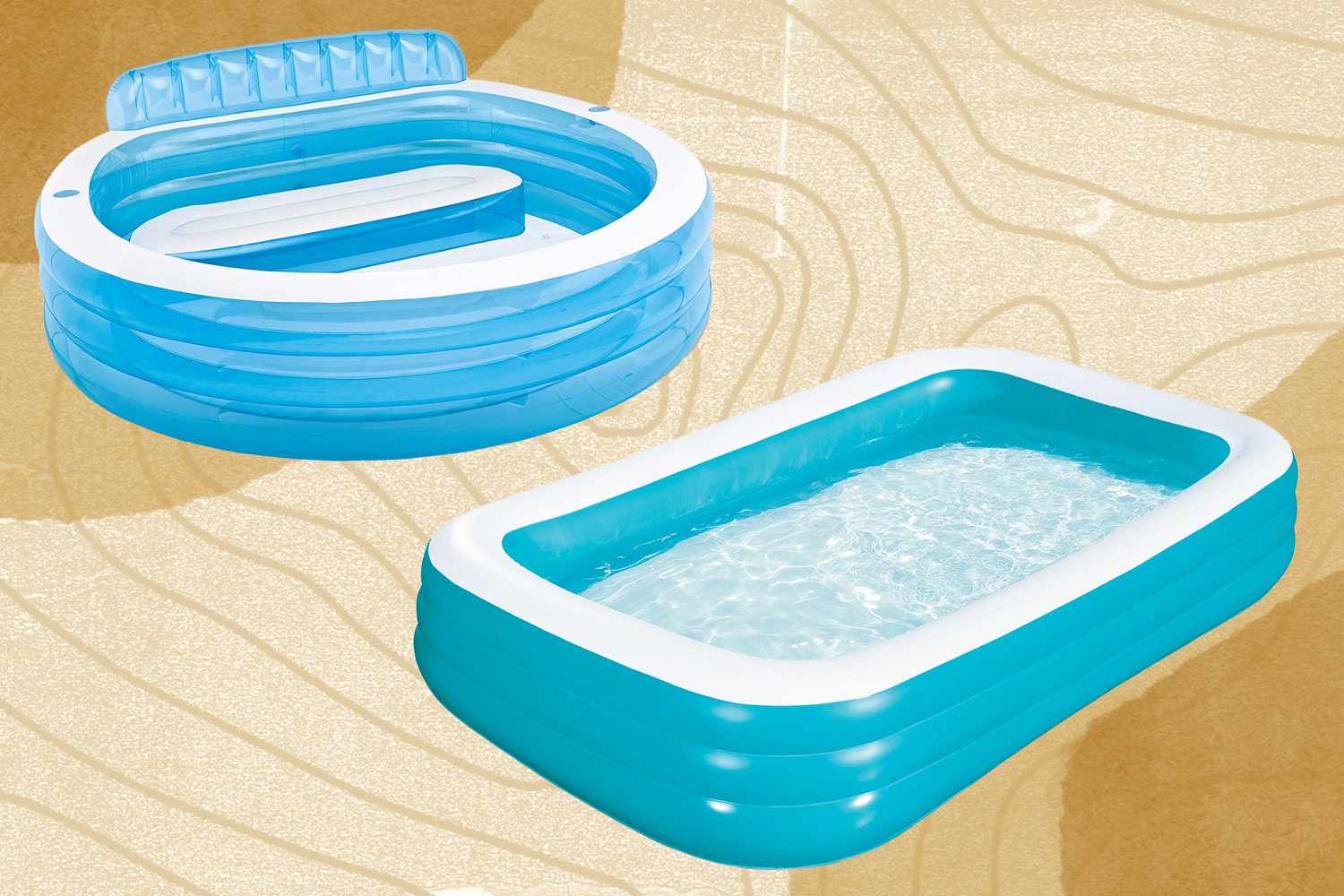
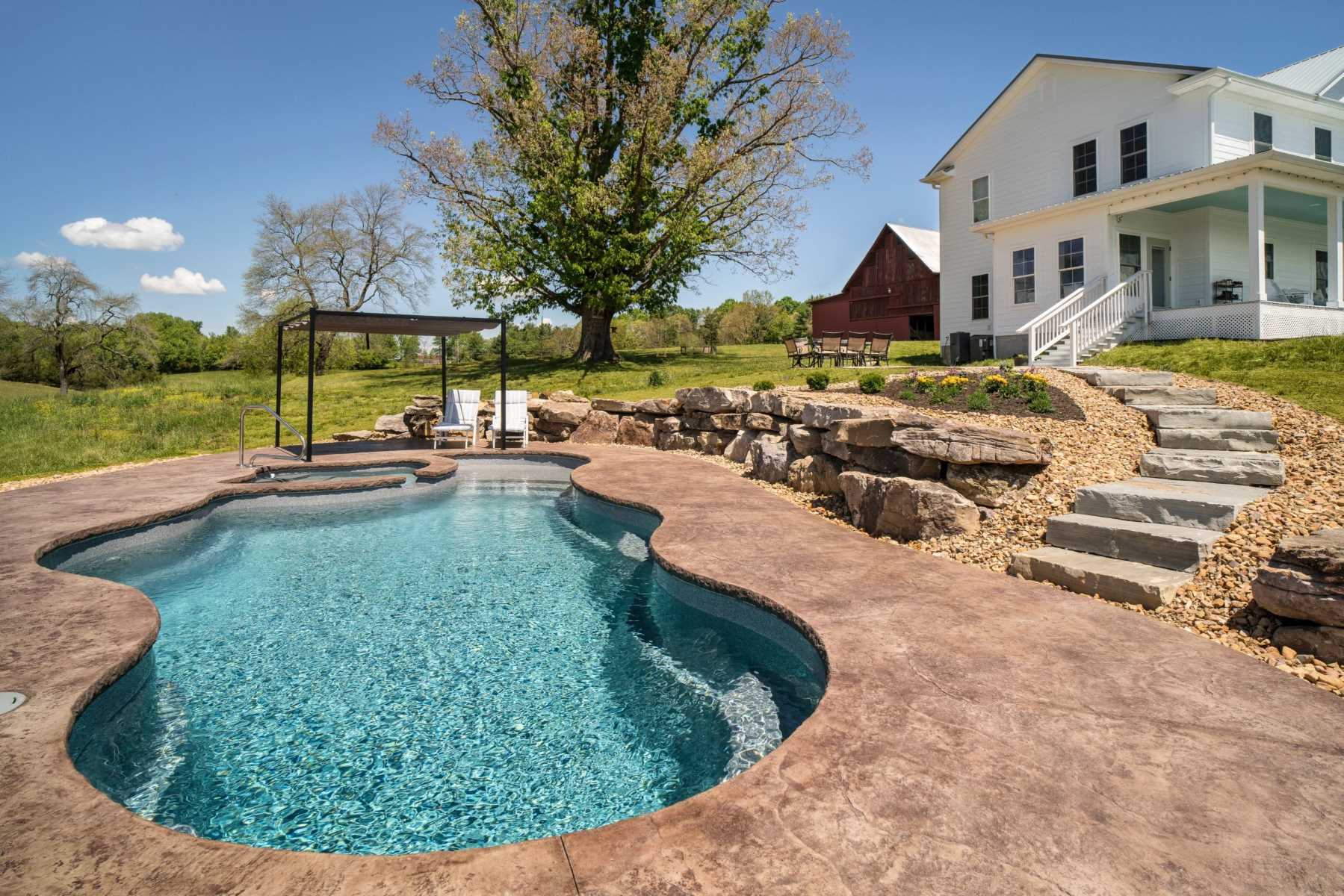
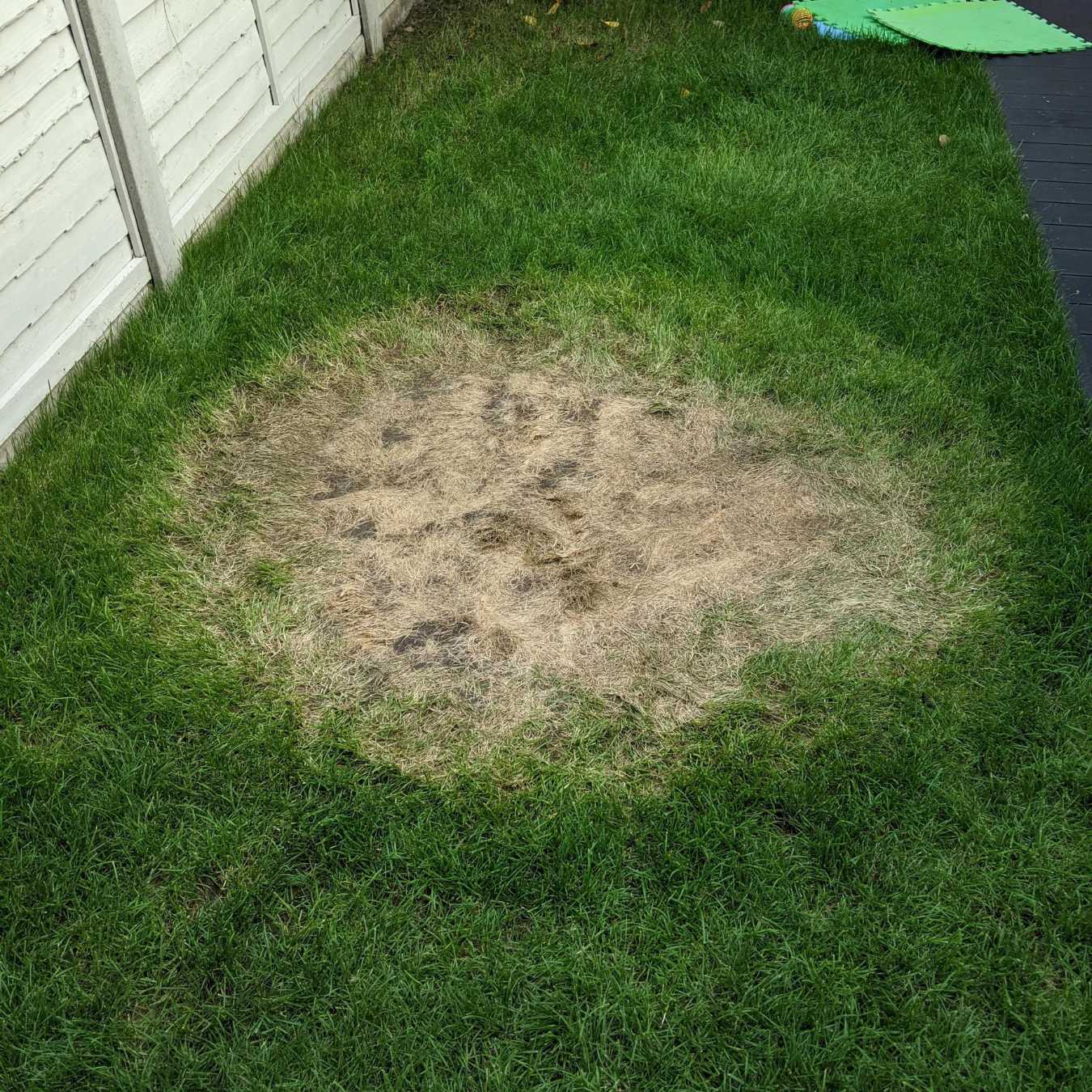
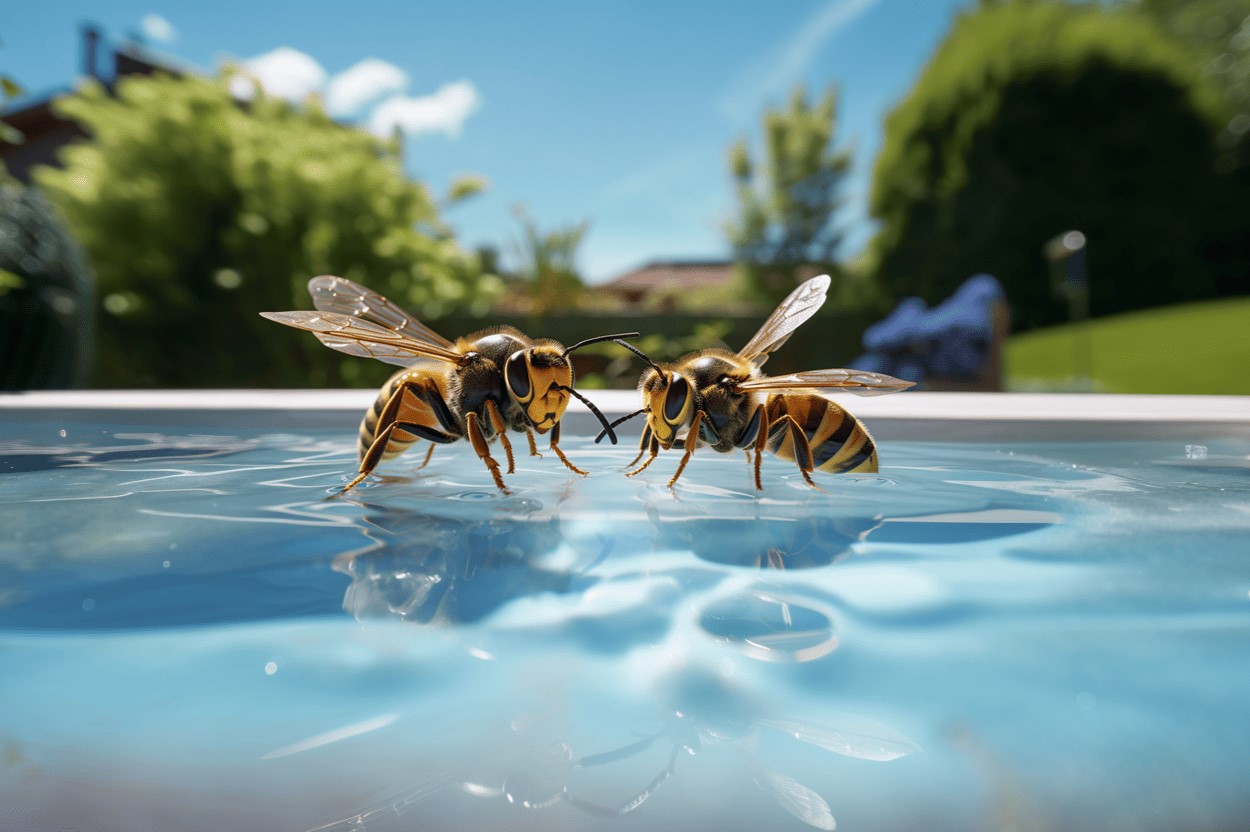
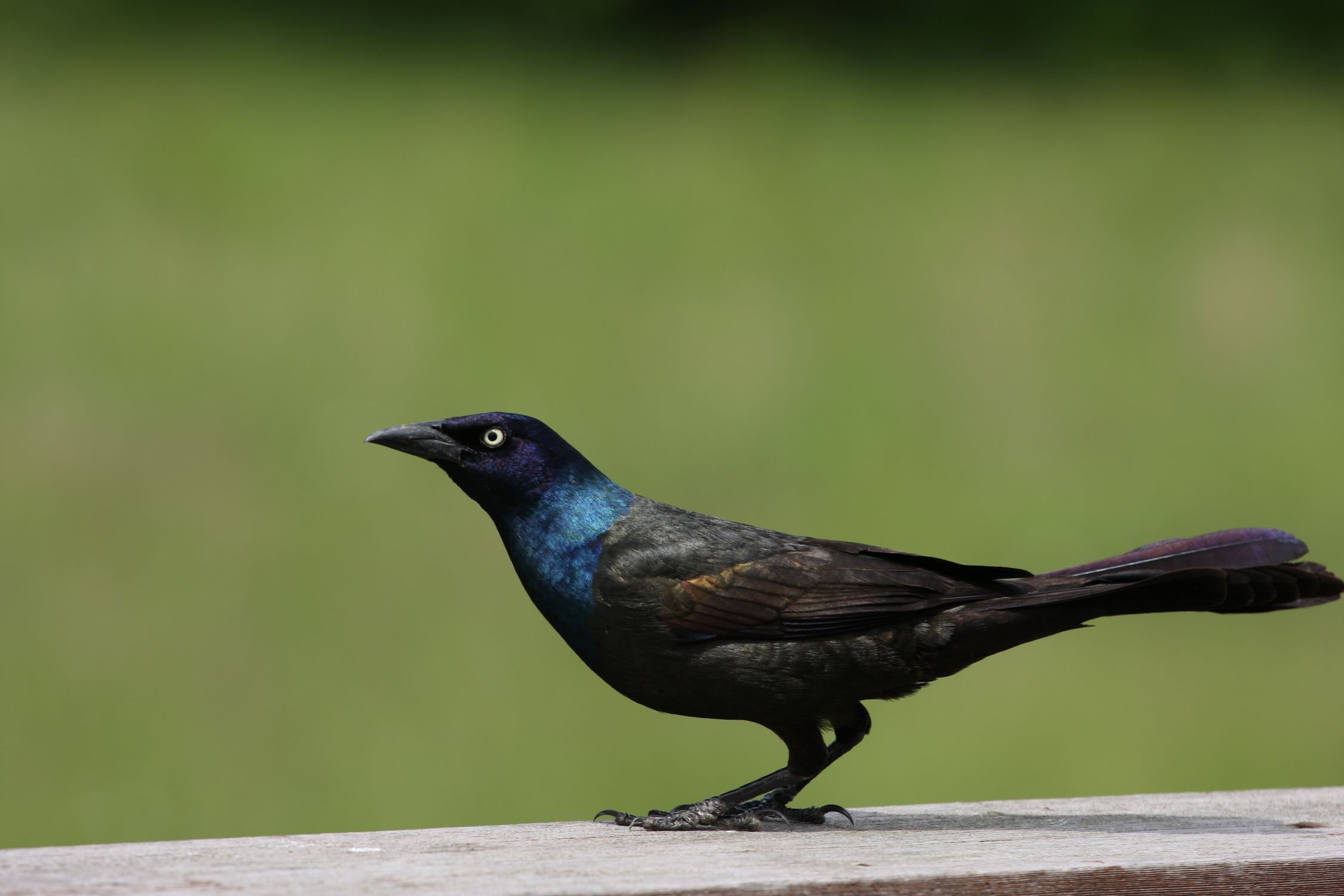


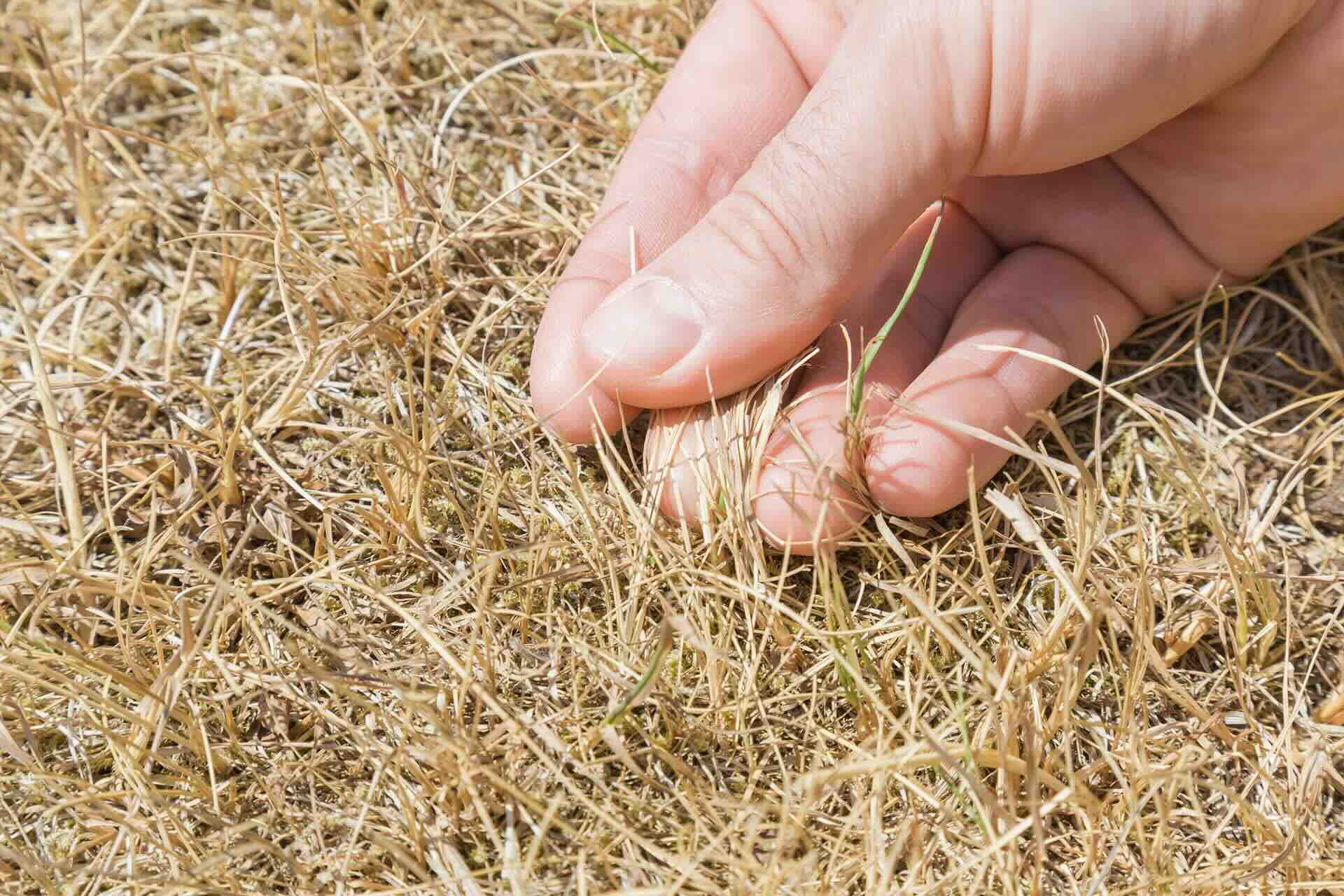
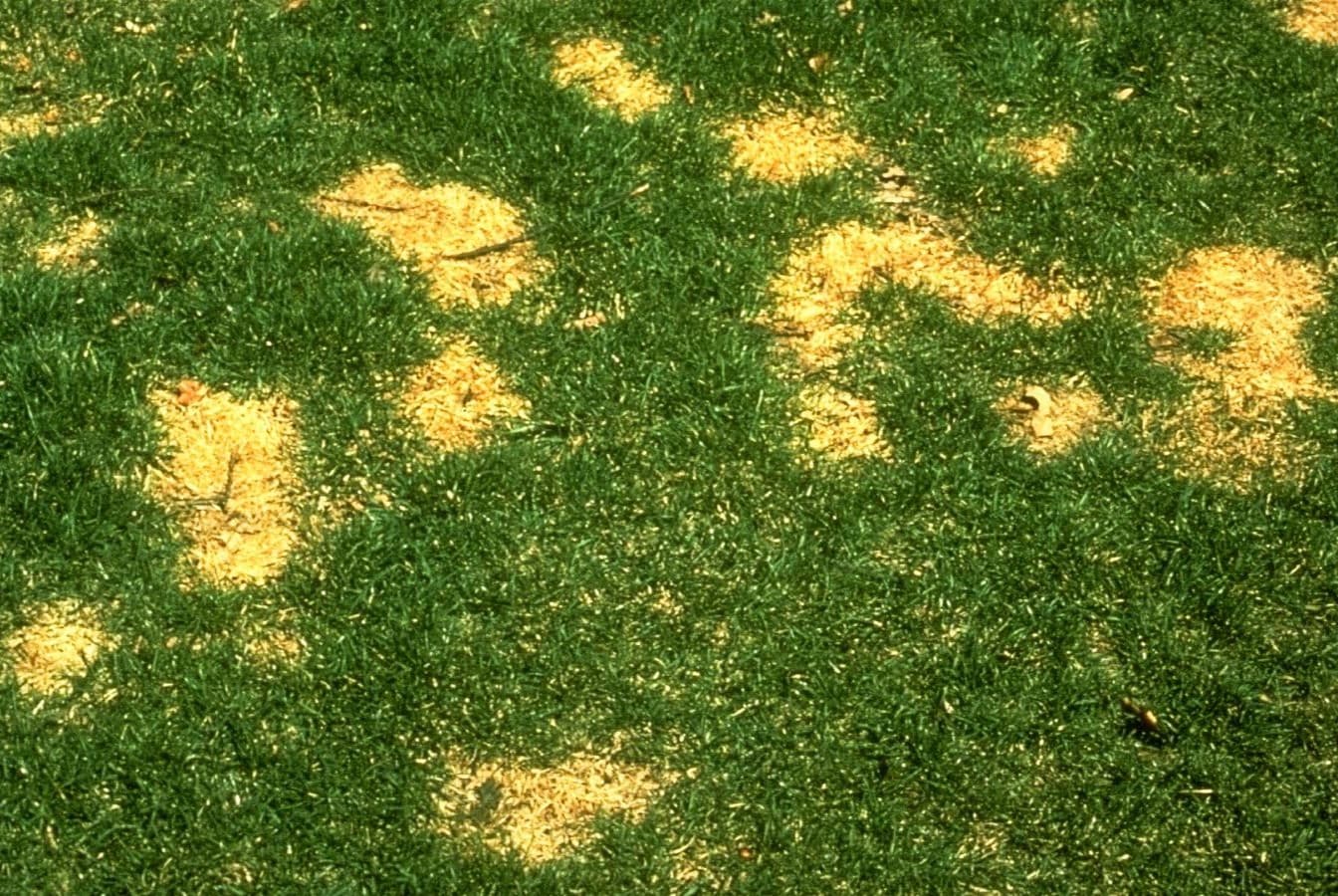
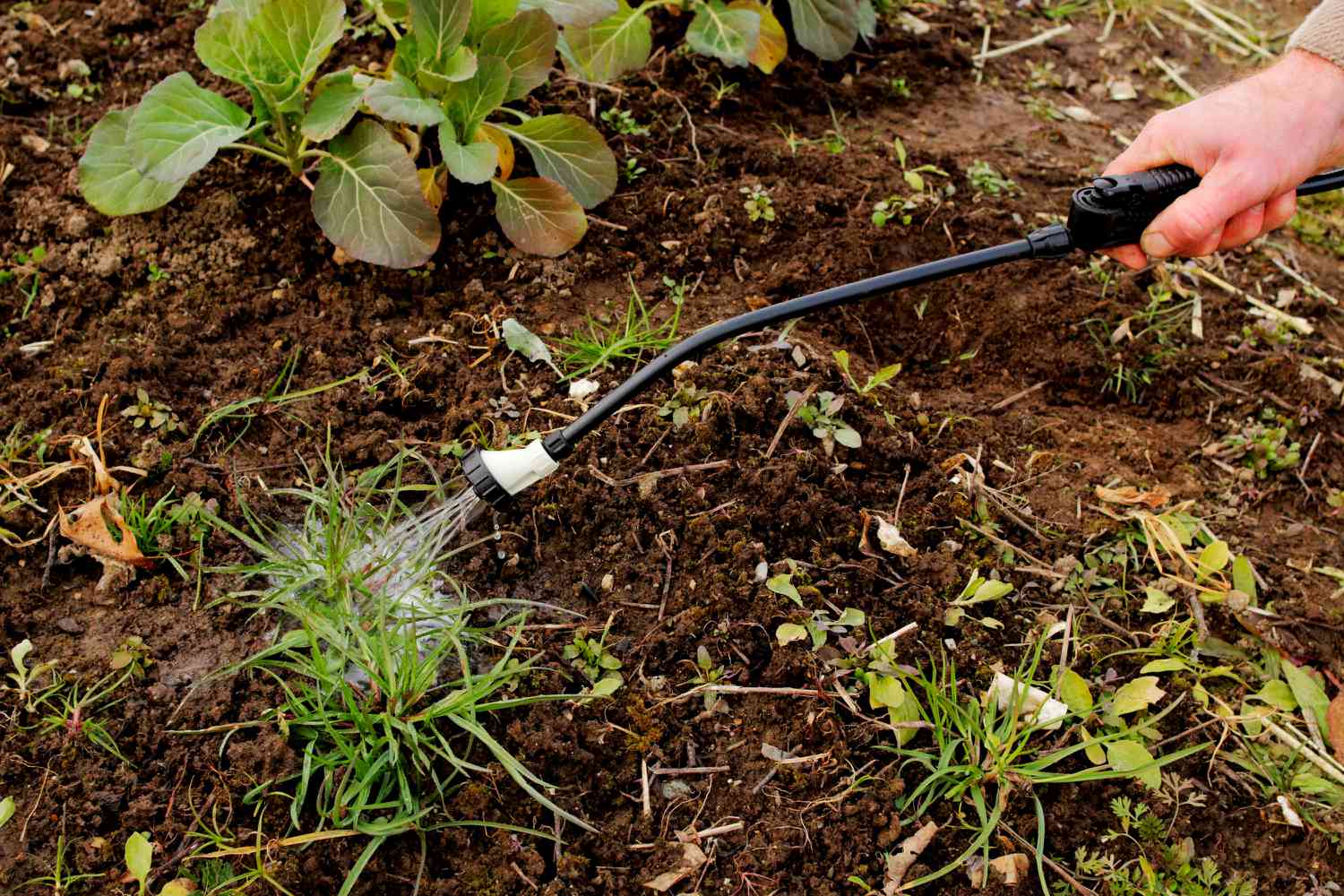
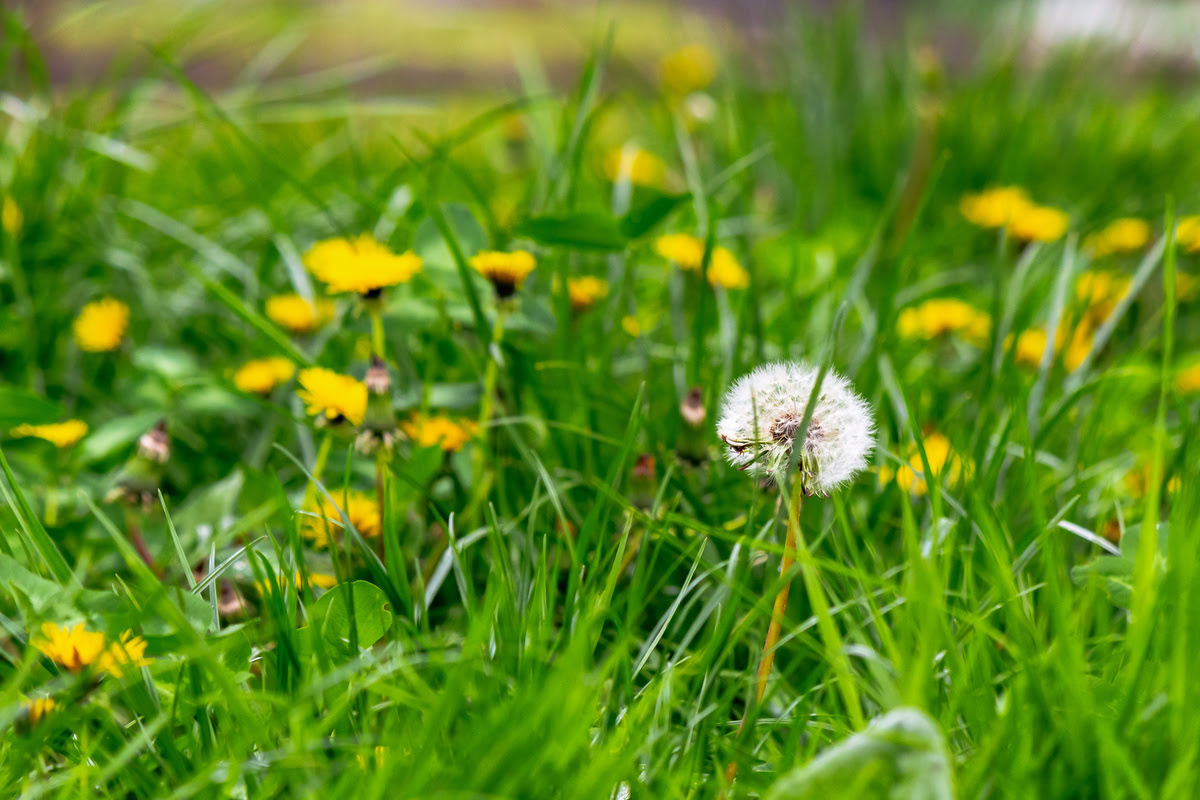
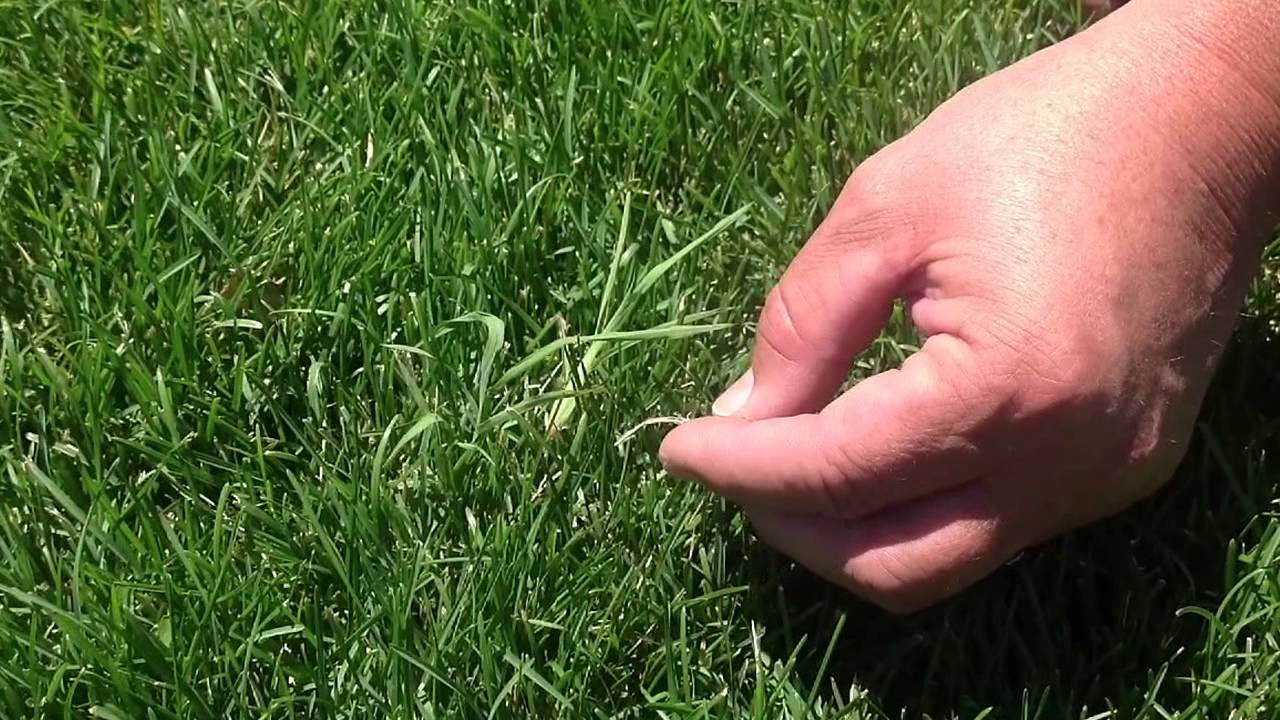
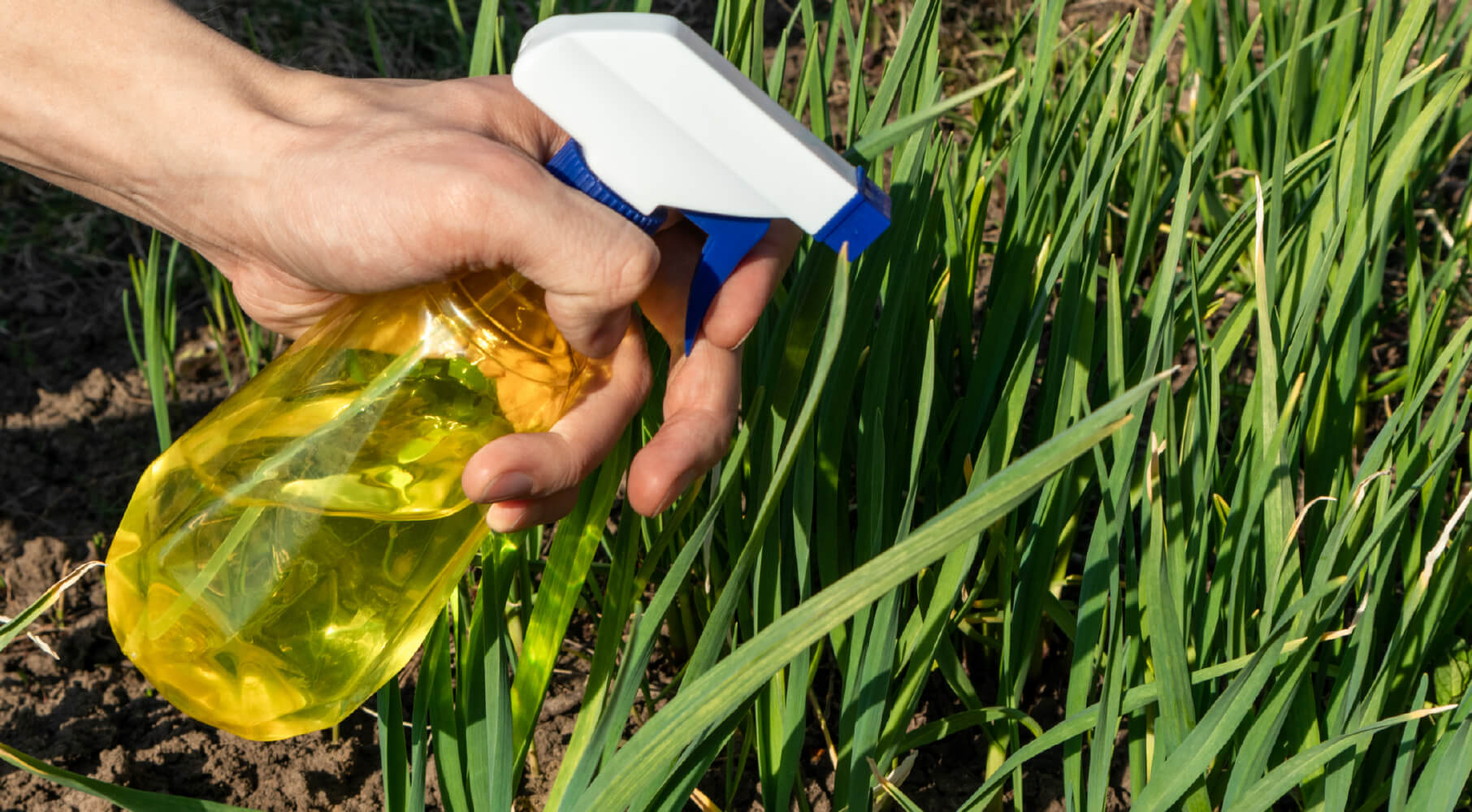
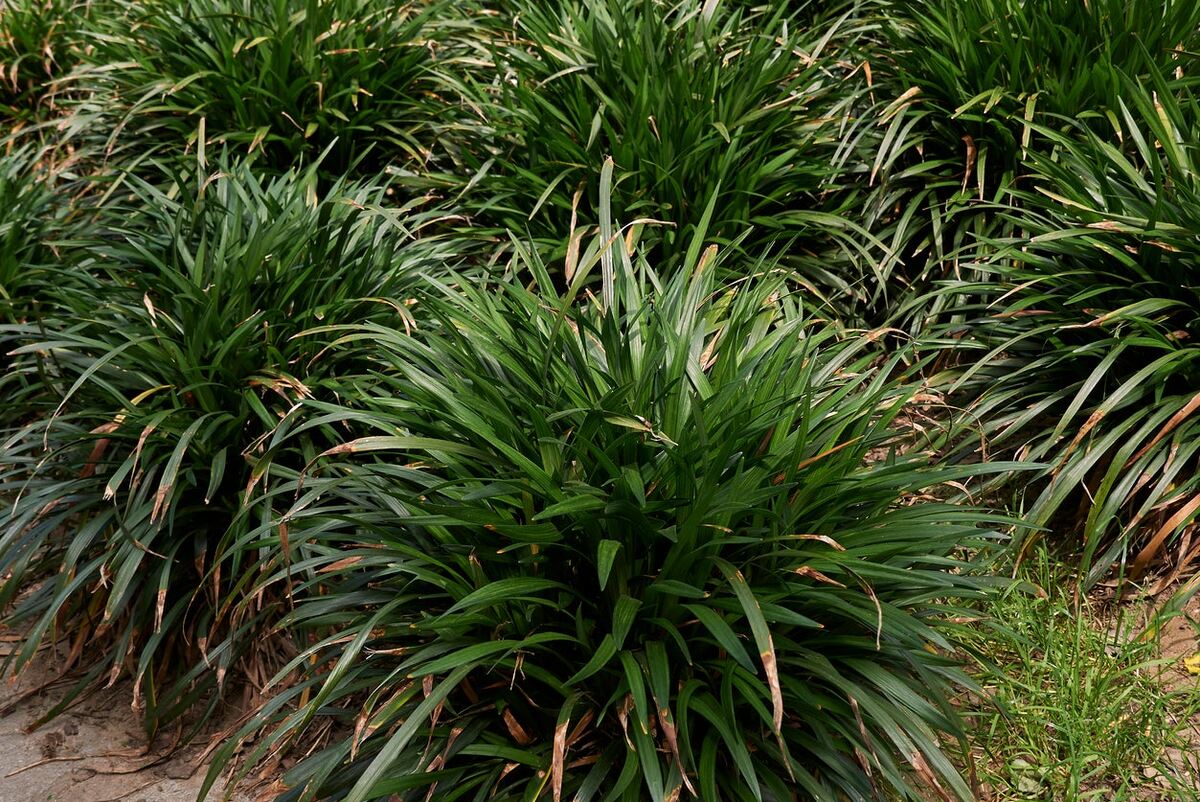

0 thoughts on “How To Keep Inflatable Pool From Killing Grass”